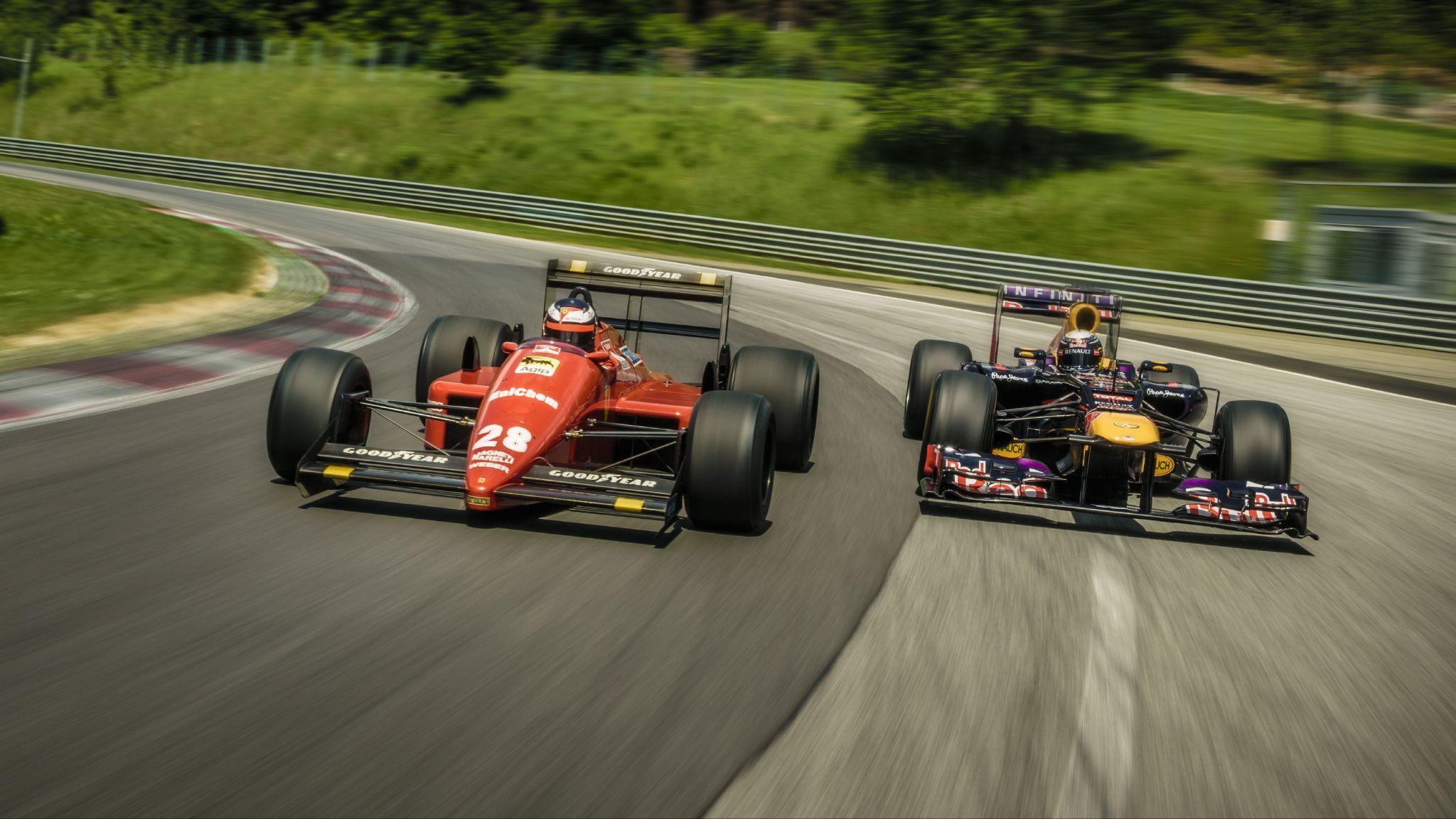Event
Formula 2 2024 season: How Gabriel Bortoleto won the F2 title in Abu Dhabi
by Samarth Kanal
9min read

The 2024 Formula 2 season concluded with a dramatic title decider in Abu Dhabi, where Invicta Racing’s Gabriel Bortoleto emerged champion and Campos Racing’s Isack Hadjar left disappointed.

Event, Car
Formula 2 2024 season: Title battle goes down to the wire after Qatar F2 races

Invicta Racing’s Gabriel Bortoleto on his way to clinching the 2024 Formula 2 Championship
How the 2024 F2 title was won in Abu Dhabi

Campos Racing driver Isack Hadjar’s car stalled on the grid in the season finale, costing him a chance at the title
Getting off the grid - the moment that cost Hadjar

Campos Racing’s Isack Hadjar in the pitlane at Yas Marina Circuit, with the gearshift paddles and clutch paddle on the back of his steering wheel visible

Isack Hadjar missed out on the 2024 F2 title but he took the most wins (4) of the season
Why tyres are still the key to mastering Formula 2
.jpg?cx=0.5&cy=0.5)
18-inch rims have narrower tyre sidewalls (L) while 13-inch rims have larger sidewalls (R)
.jpg?cx=0.5&cy=0.5)
Tyres with smaller sidewalls like those on the 18-inch rims (L) bend less under cornering forces - and offer greater peaks of grip thanks to having larger contact patches - than tyres with bigger sidewalls such as those on the 13-inch rims (R)
/xpb_1300472_hires-(1).jpg?cx=0.52&cy=0.57)


.jpg?cx=0.5&cy=0.5)


